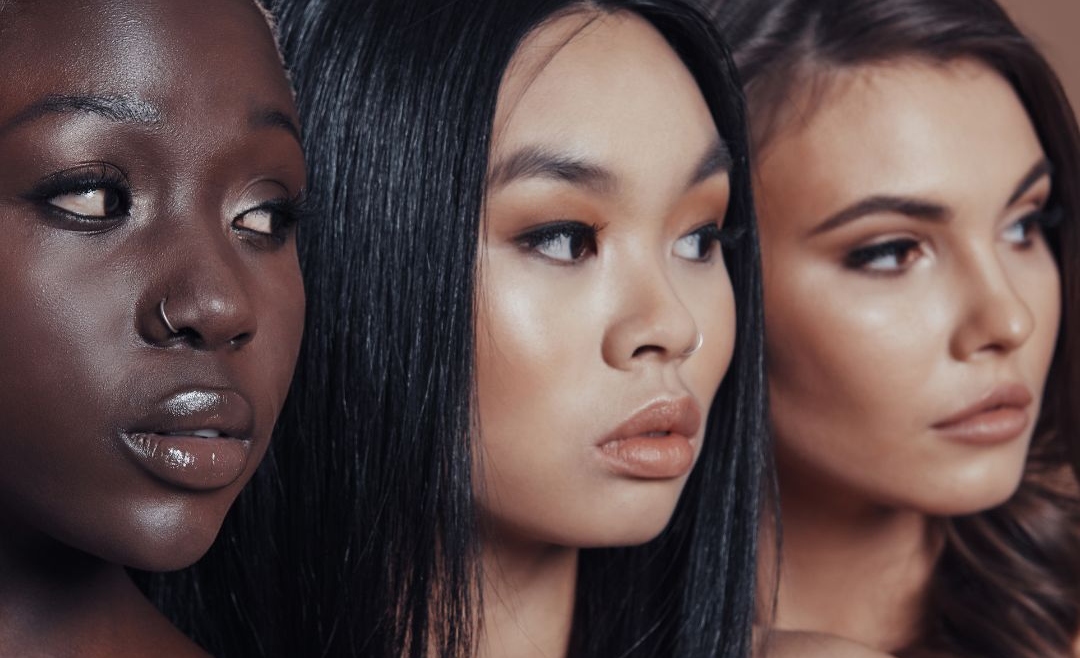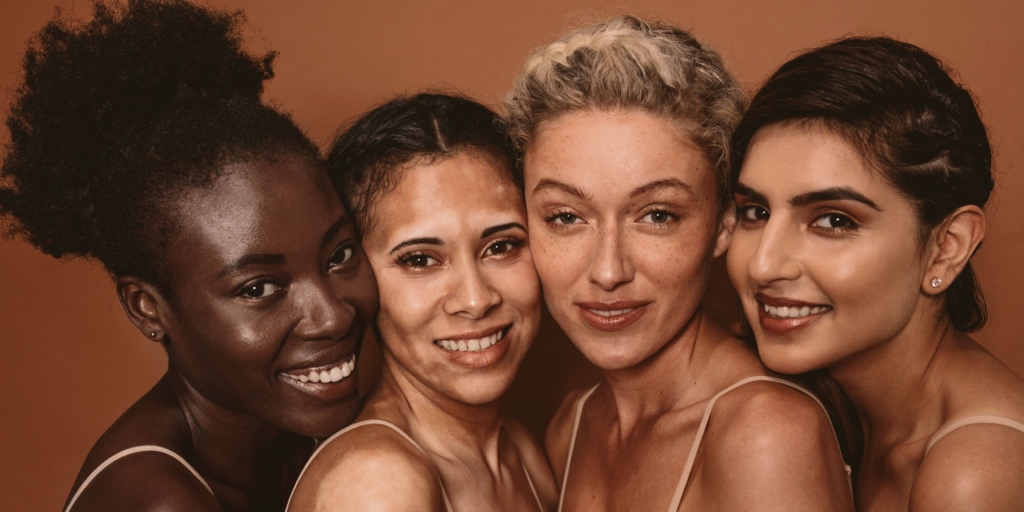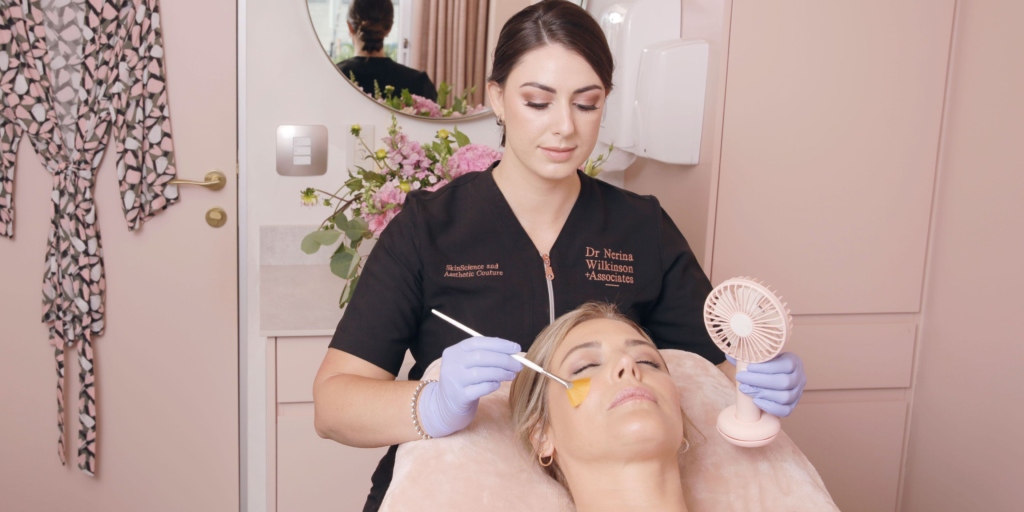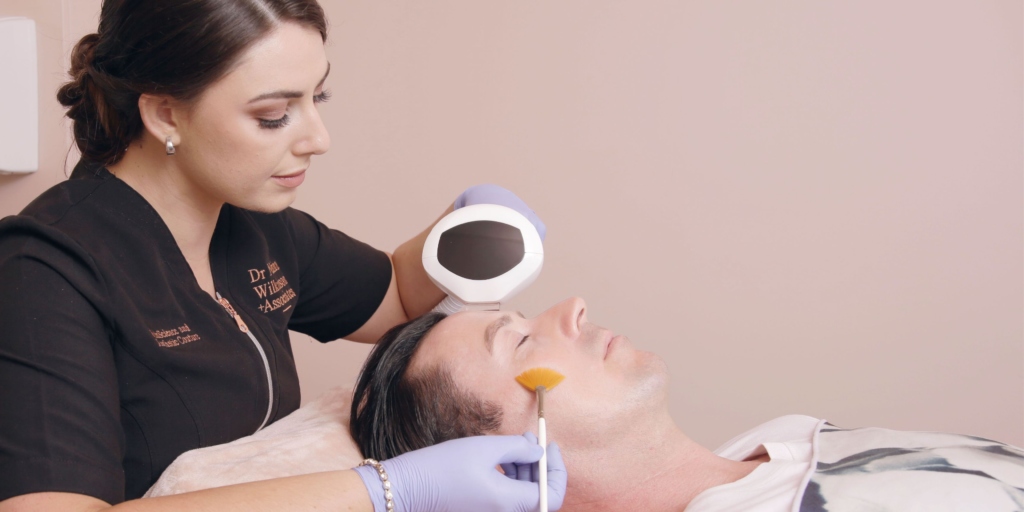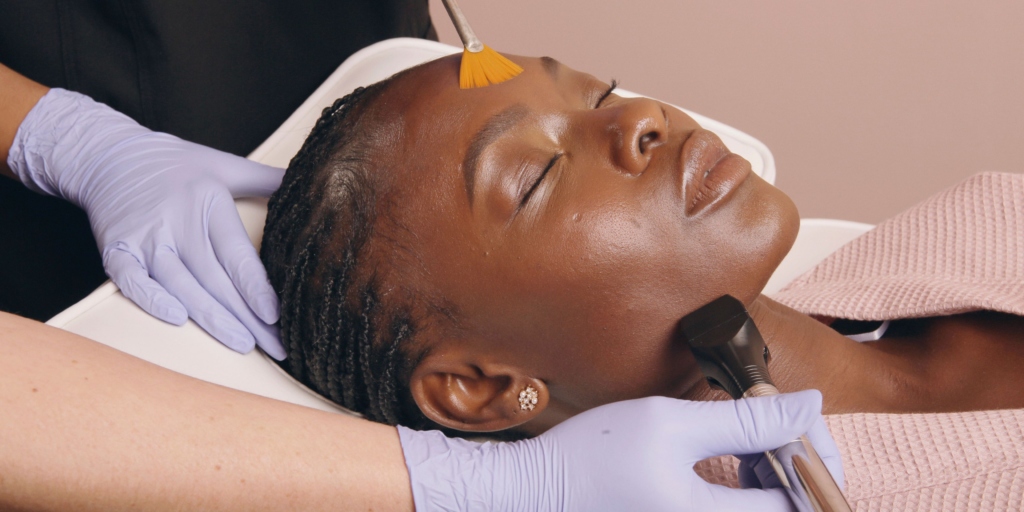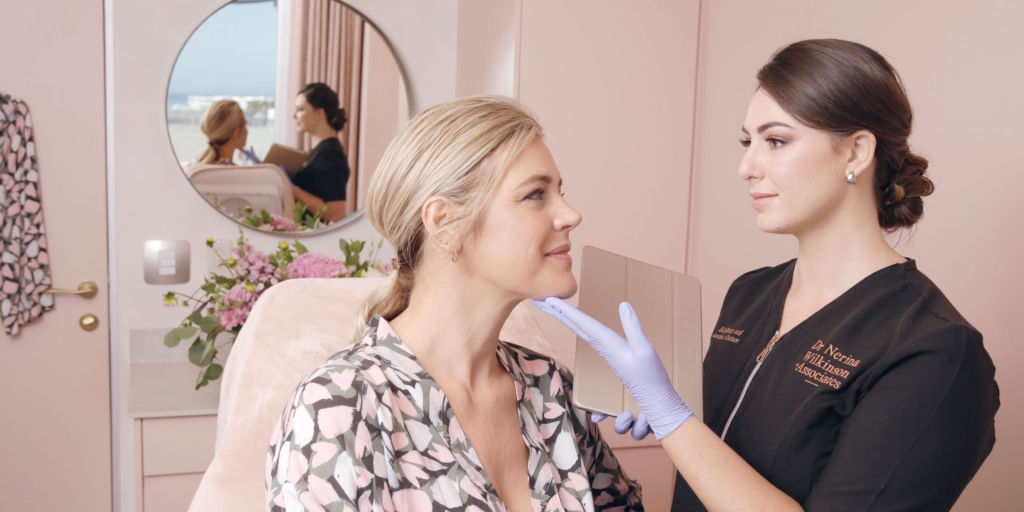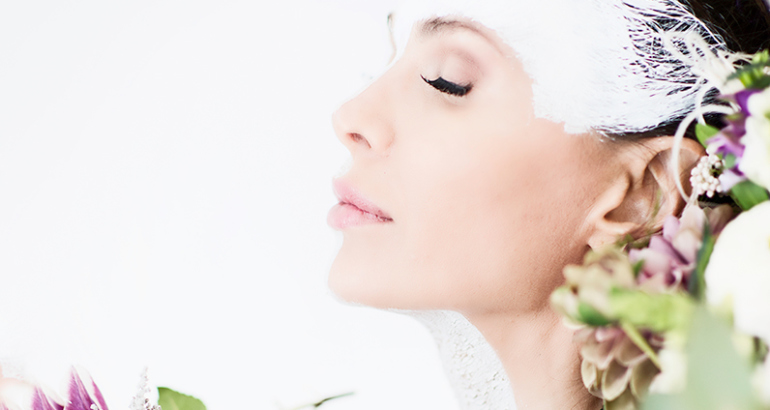by Skincare Specialist, Sammy Viljoen
In the large scope of skincare, one size does not fit all. Achieving luminous skin requires commitment, understanding, and routine. it demands a deep understanding of individual phototypes and personalized care. Your skin is as unique as you are. From the sun-kissed to porcelain tones, each complexion tells a unique story, deserving tailored attention.
In this comprehensive guide, we embark on a journey to unveil effective skincare solutions meticulously crafted for each skin phototype based on the renowned Fitzpatrick scale. From fair to dark skin tones, we’ll explore tailored recommendations to address common concerns and unlock the secrets to vibrant, glowing skin. Join us on a journey through the science, strategies, and secrets behind flawless skin for every phototype.
Table of contents
- Understanding Skin Phototypes
- Skincare Solutions for Each Phototype
- Professional Skincare Treatments for the various Phototypes
- Universal Skincare Tips for all Phototypes
- Our Approach to the Different Skin Phototypes
Understanding Skin Phototypes
At the heart of personalized skincare lies the Fitzpatrick scale, a classification system that categorizes skin into six distinct phototypes. Each phototype, from the fairest to the deepest tones, harbours unique characteristics and common concerns that shape its skincare needs.
Type I
Characteristics: Very fair skin, often with freckles, blue or green eyes, and blonde or red hair. Tends to burn easily and rarely tans. Common concerns with this phototype include sunburn, sun damage, premature aging, increased risk of skin cancer, sensitivity, and Rosacea.
Type II
Characteristics: Fair skin, blue or green eyes, and blonde or light brown hair. Tends to burn easily but can tan slightly with repeated sun exposure. Common concerns with this phototype include sunburn, sun damage, early signs of aging (fine lines, wrinkles), uneven skin tone, sensitivity, and Rosacea.
Type III
Characteristics: Light to medium skin, often with hazel or light brown eyes and light to medium brown hair. Tends to tan gradually with sun exposure but may still burn. Common concerns with this phototype include uneven skin tone, hyperpigmentation, sun damage, fine lines, wrinkles, and sensitivity.
Type IV
Characteristics: Olive to moderate brown skin, often with dark brown eyes and dark brown hair. Rarely burns and tans easily. Common concerns with this phototype include uneven skin tone, hyperpigmentation (especially post-inflammatory hyperpigmentation), sun damage, sensitivity, and acne scarring.
Type V
Characteristics: Medium to dark brown skin, often with dark brown eyes and dark hair. Rarely burns and tans easily. Common concerns with this phototype include hyperpigmentation, uneven skin tone, keloids, acne, ingrown hairs, and sensitivity.
Type VI
Characteristics: Dark brown to black skin, often with dark brown eyes and black hair. Rarely burns and tans minimally. Common concerns with this phototype include hyperpigmentation (especially melasma), keloids, ingrown hairs, razor bumps, uneven skin tone, and sensitivity to certain skincare ingredients.
Understanding these characteristics and concerns can help individuals better tailor their skincare routines and product choices to address their specific needs and minimize potential issues associated with their skin phototype.
Skincare Solutions for Each Phototype
Understanding the differences in the various skin phototypes makes it easier to see why each phototype needs different care. Let’s take a look at some examples.
Phototype I (Very Fair Skin)
With skin as delicate as porcelain, those belonging to Phototype I require tender care and ample protection against the sun’s harsh rays. This phototype requires gentle and hydrating cleansers to maintain the skin barrier without causing irritation. High SPF sunscreens (SPF 50+) are essential to prevent sunburns and reduce the risk of skin cancer. Zinc oxide and titanium dioxide are effective physical blockers that provide broad-spectrum protection without causing sensitivity. Antioxidants like Vitamin E and green tea extract help neutralize free radicals generated by UV exposure, protecting fragile skin from premature aging.
Phototype II (Fair Skin)
Fair skin, though beautiful, demands vigilant attention to fight off premature aging and maintain its natural luminosity. A routine with a gentle exfoliant containing alpha hydroxy acids (AHAs) or beta hydroxy acids (BHAs) helps in sloughing off dead skin cells, promoting cellular turnover, and reducing the appearance of sunspots. Sunscreens with SPF 30-50 that offer both UVA and UVB protection are crucial. Incorporating antioxidants such as Vitamin C and resveratrol boosts collagen production and mitigates oxidative stress induced by UV radiation, helping to maintain skin elasticity and brightness.
Phototype III (Medium Skin)
Blessed with a sun-kissed glow, medium skin tones seek balance amidst occasional sunburn and subtle hyperpigmentation. A skincare routine requires balancing hydration and protection. Lightweight moisturizers containing hyaluronic acid and ceramides lock in moisture without clogging pores. Exfoliating serums with glycolic acid help in refining skin texture and enhancing radiance. Sunscreens with SPF 30-50 provide adequate protection against sun damage while minimizing the risk of hyperpigmentation. Niacinamide, a form of Vitamin B3, is beneficial for its anti-inflammatory properties and ability to even out skin tone, making it an ideal addition to skincare products for Type III phototypes.
Phototype IV (Olive Skin)
Olive skin, a testament to timeless elegance, demands protection against hyperpigmentation and the quest for a harmonious complexion. Unveil the secrets to sun-kissed perfection because they are still susceptible to sun-induced damage and premature aging. Moisturizers enriched with antioxidants like coenzyme Q10 and niacinamide help in maintaining skin elasticity and reducing fine lines. Serums containing Vitamin A derivatives such as retinol assist in enhancing cell turnover and combating hyperpigmentation. Broad-spectrum sunscreens with SPF 30-50 protect against both UVB and UVA rays, while antioxidants such as green tea extract, resveratrol, and liquorice root extract provide additional protection against environmental stressors.
Phototype V (Brown Skin)
For those with brown skin, the battle against hyperpigmentation and stubborn dark spots is an ongoing saga. Emollient-rich moisturizers containing shea butter and squalane maintain hydration levels and reinforce the skin barrier. Serums infused with Vitamin C derivatives like ascorbic acid, Kojic, and Phytic acid help in brightening dark spots and evening out skin tone. Arm yourself with consistent sun protection, Sunscreens with SPF 30-50 that offer broad-spectrum protection are crucial to prevent further darkening of pigmentation. Incorporating antioxidants such as Vitamin E and ferulic acid strengthens the skin’s defense against oxidative stress and promotes a radiant complexion.
Phototype VI (Dark Brown/Black Skin)
These phototypes have dark brown and black skin and often struggle with hyperpigmentation and keloids. Darker skin possesses natural protection against UV radiation due to higher melanin levels. However, maintaining moisture balance is essential to prevent dryness and dullness. Lightweight, non-comedogenic moisturizers containing hyaluronic acid and glycerin hydrate the skin without leaving a greasy residue. Serums enriched with Vitamin E and niacinamide support the skin barrier function and promote even skin tone. Sunscreens with SPF 30-50 that offer broad-spectrum protection are necessary to prevent hyperpigmentation and maintain skin clarity. Antioxidants such as green tea extract and liquorice root extract provide an additional defense against environmental aggressors.
Professional Skincare Treatments for the various Phototypes
Beyond homecare, professional skincare treatments offer advanced solutions tailored to specific skin concerns. Let’s take a closer look at some of our most popular in-clinic treatments and which skin phototypes they are best for.
Chemical Peels
These treatments use a combination of acids (such as glycolic acid, salicylic acid, or lactic acid) to exfoliate the skin and promote cell turnover. Chemical peels can help to improve skin texture, reduce acne scars, and even out skin tone. They are available in different strengths and formulations, ranging from superficial to deep peels, depending on the severity of the skin condition being treated. Superficial fruit acid-based peels are safe on all phototypes. Medium to deeper skin peels like TCA-based peels are only safe to use on lighter phototypes 1-4.
Microneedling
Also known as collagen induction therapy, microneedling involves using a device that uses fine needles to create tiny punctures on the skin’s surface. This process stimulates the production of collagen and elastin, which can improve skin firmness, reduce the appearance of scars, and enhance the absorption of skincare products. Microneedling can be combined with serums or growth factors to further enhance its effectiveness.
Microneedling treatments are suitable for most skin types, however, the recovery period can be prolonged in our darker phototypes and therefore have the risk of post-inflammatory pigmentation afterward. This normally does not stay on the skin forever; most of our patients would be on some form of pigment-inhibiting serum or cream to prevent this. Aftercare is very important; you must stay out of the sun during the healing phase to prevent the formation of pigmentation at all costs.
Laser Therapy
Laser treatments utilize concentrated beams of light to target specific skin concerns such as hyperpigmentation, acne scars, and signs of aging. Different types of lasers, including fractional lasers and IPL (intense pulsed light), can be used to stimulate collagen production, reduce redness, and improve overall skin tone and texture. Laser treatments typically require multiple sessions for optimal results.
With lasers, we must be careful about what phototypes we treat. Let’s take a look at some examples:
Intense Pulsed Light (IPL) laser treatments can only be performed on skin phototypes 1-3 safely and on phototypes 4 with caution as they are at a higher risk of causing more hyperpigmentation. This is due to the higher concentration of melanin in the skin and the laser targets melanin so the risk is too high as the laser will not be able to detect the difference between a sunspot or hyperpigmented lesion and the natural skin colour. The greater the contrast between the sunspot and natural skin colour the greater the success of the treatment. Self-tan or a natural tan on the skin is also seen as a darker phototype when treated with a laser and is a higher risk to treat tanned skin.
Q-Switched lasers such as the revolutionary ClearLift by Harmony XL Pro are effective on all phototypes due to its non-destructive method. It targets heat, collagen, and water in the skin and therefore has no risk involved when treating a darker phototype. This is one of our favourite all-skin-type, no-downtime treatments!
Erbium iPIXEL or Fractionated lasers are safe on most phototypes with caution to the darker phototypes due to the destructive manner of the laser. This removes columns from the skin and causes a lot of heat to remain in the skin. Making it a higher risk for that prolonged heat to cause damage and leave post-inflammatory pigmentation marks on the skin. Everyone will be using a pigment-inhibiting cream or serum to prevent any darkening of the skin. Aftercare is also crucial in protecting the skin against heat and UV exposure to prevent discoloration.
Platelet-rich Plasma (PRP) Treatments
PRP facial treatments utilise the powerful regenerative effects of our own PRP which contains growth factors that stimulate the production of beneficial proteins, collagen, and elastin and it is safe for all skin phototypes. The most popular treatment at our clinic is our signature 3D MD PRP treatment which was specially designed to create minimal to no downtime and cause low risk of hyperpigmentation. Due to its anti-inflammatory properties from the skin’s own platelet-rich plasma, there is no prolonged healing phase afterward and therefore no risk of post-inflammatory hyperpigmentation.
Radiofrequency (RF) Treatments
RF treatments (such as the FORMA Lift) use radiofrequency energy to heat the deeper layers of the skin, stimulating collagen production and tightening the skin. Radiofrequency treatments can improve skin laxity, reduce wrinkles, and enhance overall skin tone and texture. They are often used for non-surgical skin tightening and are safe to do any time of the year and on all phototypes.
Universal Skincare Tips for all Phototypes
Regardless of phototype, certain principles will remain the foundation of effective skincare:
Hydration
Select moisturizers with ingredients like hyaluronic acid, glycerin, and ceramides. These ingredients help to attract and retain moisture in the skin, maintaining hydration levels throughout the day. Hyaluronic acid, in particular, is known for its ability to hold up to 1000 times its weight in water, making it incredibly hydrating without feeling heavy on the skin.
Protection
Daily application of broad-spectrum sunscreen is non-negotiable. UV radiation from the sun is the primary cause of premature aging, including wrinkles, fine lines, and dark spots. Look for sunscreens with SPF 30 or higher that protect against both UVA and UVB rays. Physical sunscreens containing zinc oxide and titanium dioxide provide effective protection without causing irritation, making them suitable for sensitive skin types.
Gentle Cleansing
Choose a gentle cleanser that effectively removes dirt, oil, and makeup without stripping the skin’s natural oils. Look for non-comedogenic formulas that won’t clog pores or cause breakouts. Cleansing should be done twice daily, in the morning and evening, to maintain a clean and balanced complexion.
Consistency
Establish a skincare routine and stick to it. Consistency is key to seeing results from your skincare products. A basic routine typically includes cleansing, moisturizing, and applying sunscreen in the morning, with additional treatments like serums or retinoids in the evening. Adjust your routine as needed based on seasonal changes, skin concerns, or lifestyle factors.
Exfoliation
Incorporate exfoliation into your routine to remove dead skin cells and promote cell turnover. This can help to improve skin texture, reduce the appearance of fine lines, and allow for better absorption of skincare products. Choose between physical exfoliants (like scrubs) or chemical exfoliants (like AHAs or BHAs), or retinoids (exfoliate the skin naturally and gradually) depending on your skin type and sensitivity level.
Our Approach to the Different Skin Phototypes
Each of our patients starts with an in-depth VISIA skin analysis and consultation with one of our Skincare specialists. During this time, your specific skin phototype, concerns, and conditions are assessed and discussed in detail and a bespoke treatment plan is designed to suit your skin’s specific needs.
If you are ready to make a change, email us at skinclinic@drnwilkinson.co.za to start your Skin Science journey to optimal radiance today.
Written by Senior Skincare Specialist, Sammy Viljoen

